
Leica Camera AG Solms is launching an exclusive jubilee set to mark the 125th birthday of Oskar Barnack (1879-1936), the designer of the first 35mm Leica camera.
In homage to the inventor of the 35mm system, the set comprises the true-to-detail new edition of a historic camera type, the LEICA 0 series 'Prototype 2’, which Oskar Barnack developed as a second camera after the 'Ur Leica’ and tested in practice. The Solms-based company has selected ten of the first photographs Barnack took with the 35mm camera. A large-format print of one of these ten motifs is included with each LEICA OSKAR BARNACK EDITION. The jubilee set also contains a DVD of previously unpublished film made by Oskar Barnack with his self-designed 35 mm cine camera in Wetzlar and the surrounding area. This makes the LEICA OSKAR BARNACK EDITION, a limited edition of only 1000, an ideal collectors' item for photo enthusiasts, besides providing those interested in the early days of film history with fascinating insights into the origins of the documentary film.
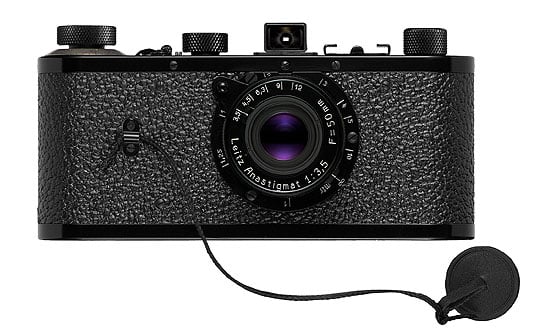
Oskar Barnack, head of the experimental department of the Ernst Leitz Optical Works in Wetzlar, devoted his attention from 1913 onwards to the development of a 35mm cine camera. The varying speed of the various film materials at this time made it necessary to make test exposures with the camera. To avoid having to sacrifice unnecessarily long pieces of his cine films for this purpose, Barnack designed a small metal device, into which he could put relatively short pieces of the 35mm cine film.
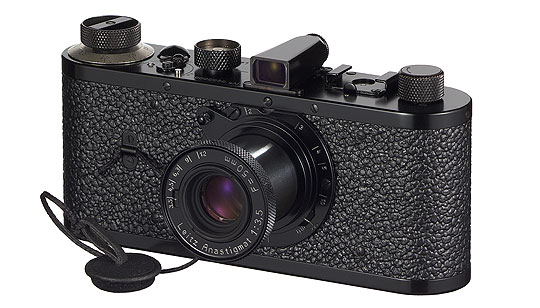
The tests were then carried out by making single exposures. For this purpose, the device had a focal-plane shutter whose winding mechanism was positively coupled to the film transport, ruling out the risk of double exposures. Because Oskar Barnack also wanted to test lenses with this device and because he had earlier already taken photographs on smaller formats than the 13x18cm plates customary at the time, he started trying to use the cine film format of 18x24mm for photos as well. However, he was not satisfied with the image quality and decided to double the cine film format to 24x36 mm.
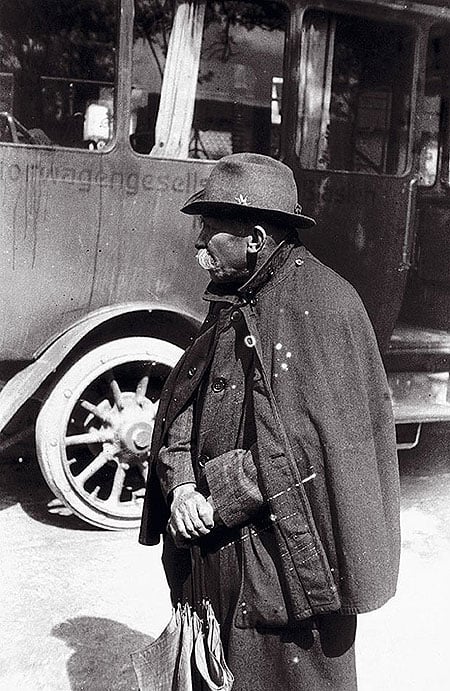
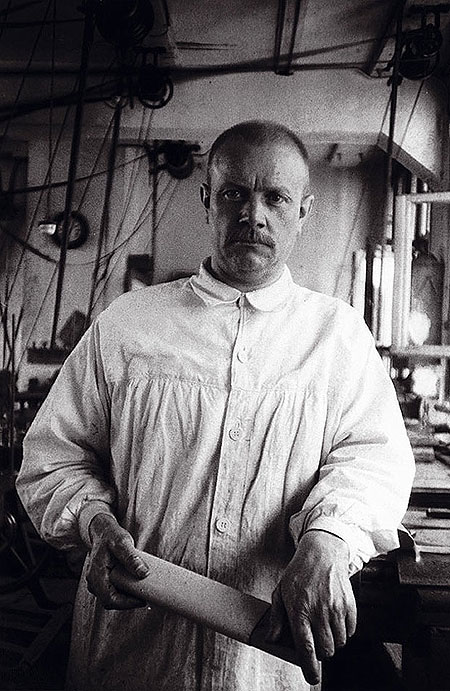
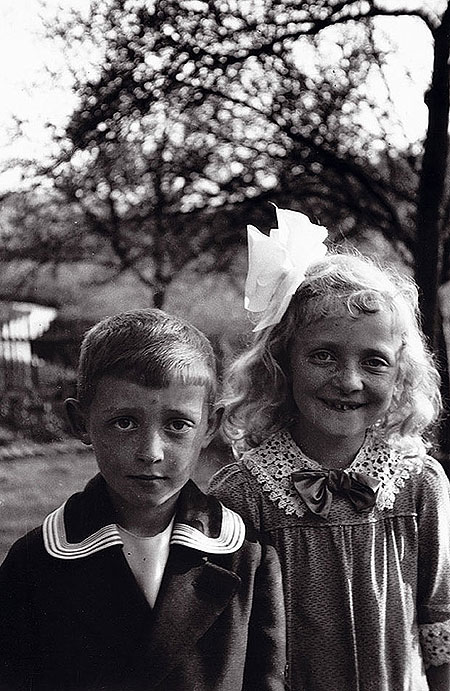
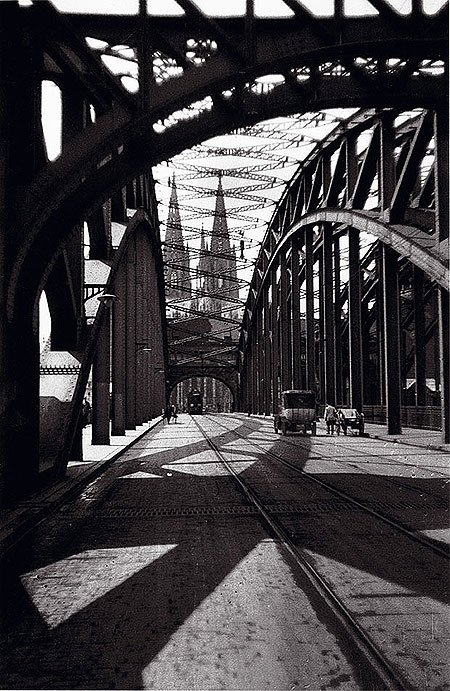
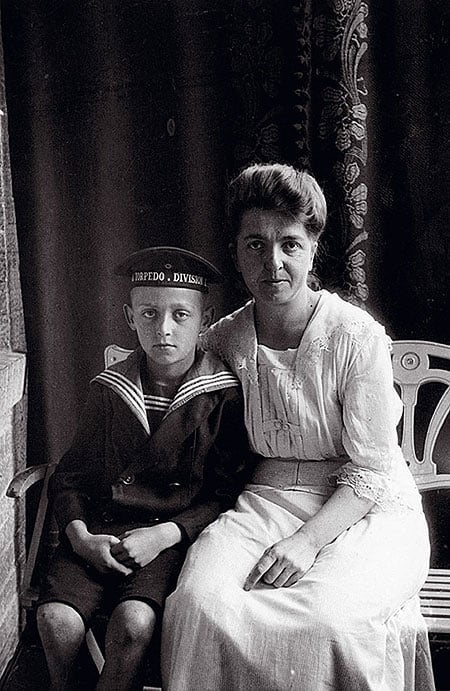
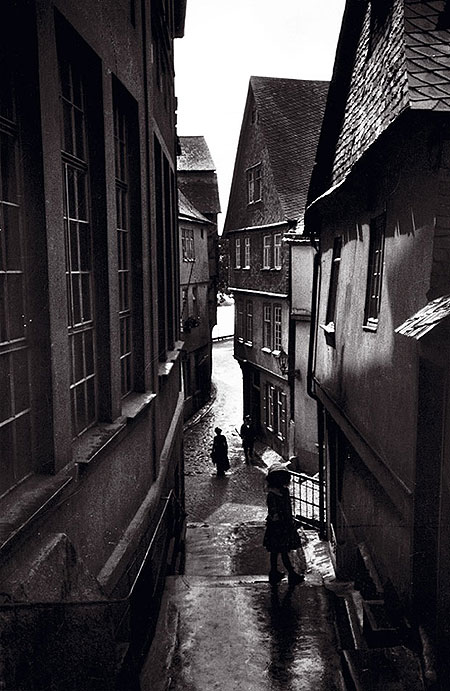
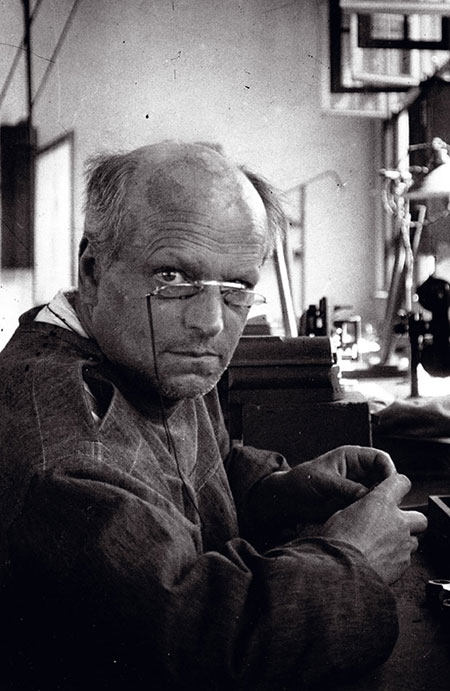
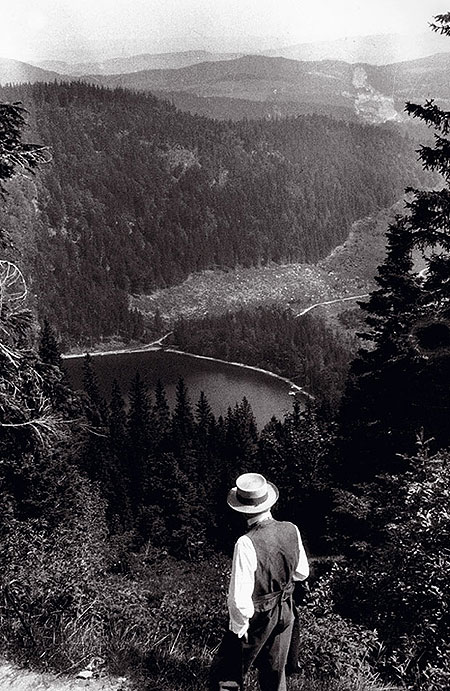
The first photos taken by Barnack in 1913 were of an amazingly good quality. Therefore, he did not use this device just to test cine films and lenses, but as a photo camera as well. The small camera that he and also the owner of the company Ernst Leitz II often used to take photographs with, is known as the Ur-Leica today.
The working prototype was completed in 1914. After this, Barnack built two more prototypes – including Prototype 2 - with variations on the first model. The fact that the Leica was not launched on the market at that time already was due to the First World War. Ernst Leitz II did not make the decision to series-produce the small camera until 1923. The first Leica (LEItz CAmera) was then presented at the Leipzig Spring Fair in 1925 and ever since has marked the beginning of the success story of the 35mm system as we know it today.
For more information see: www.leica-camera.com
Text/Photos: Leica
ClassicInside - The Classic Driver Newsletter
Free Subscription!











